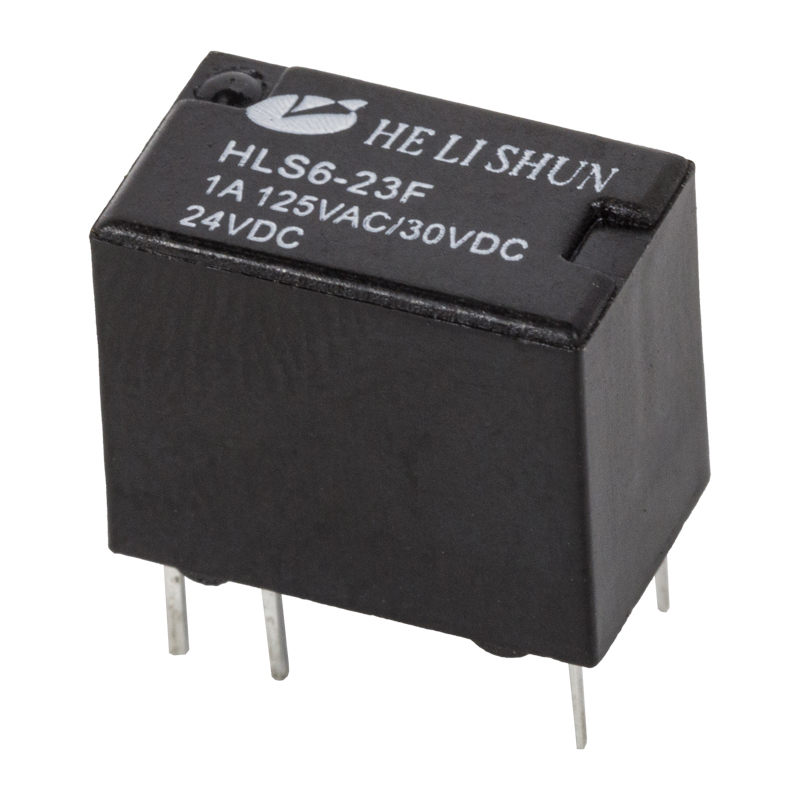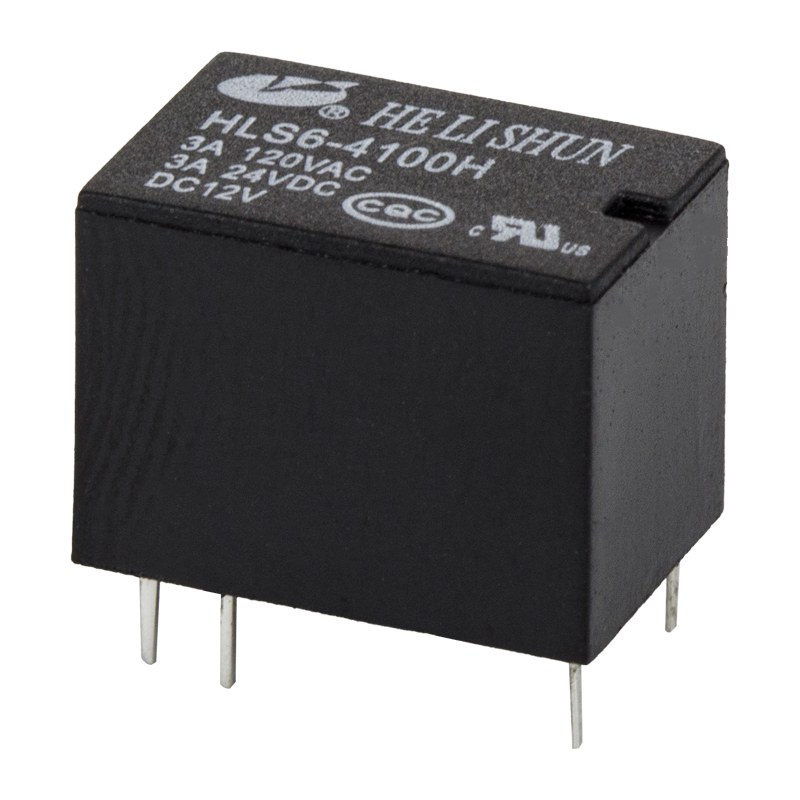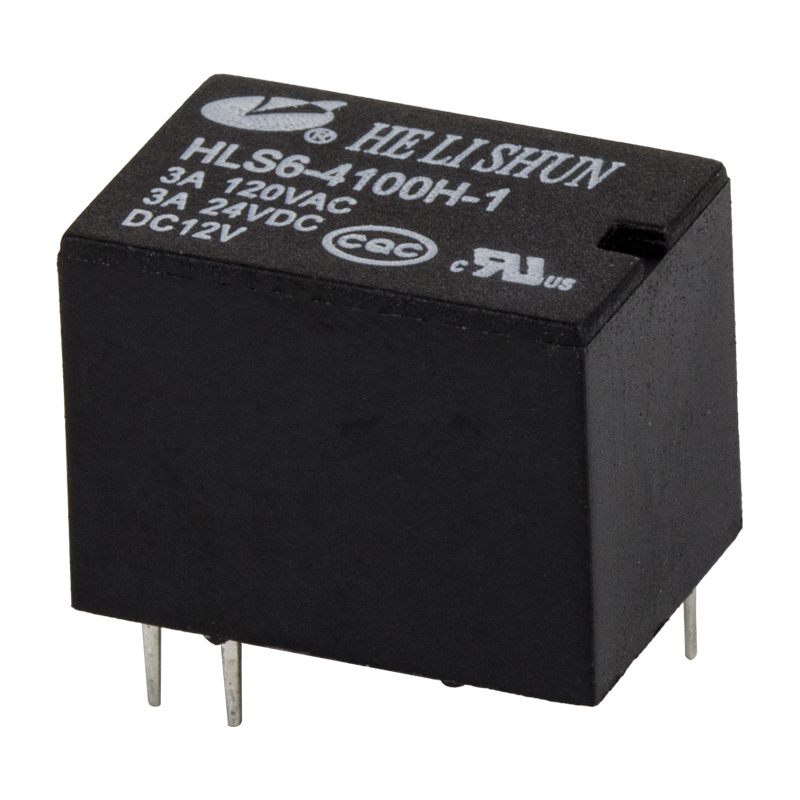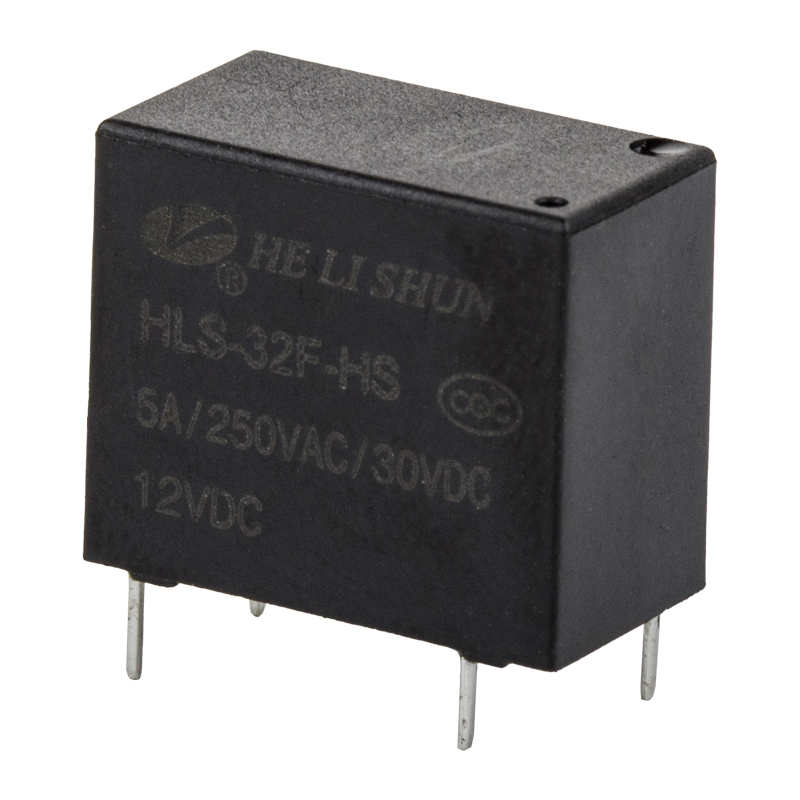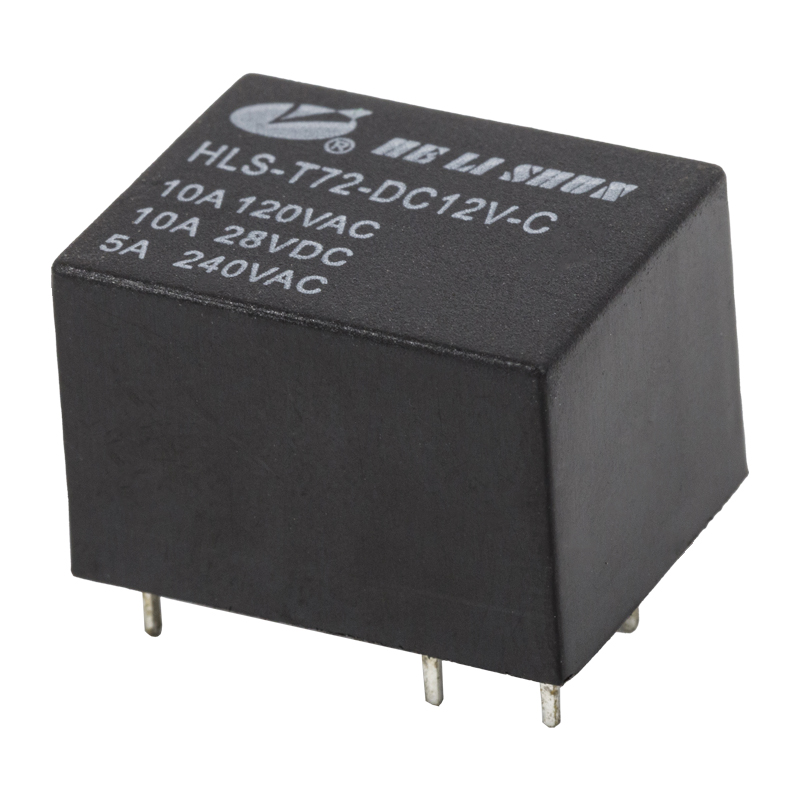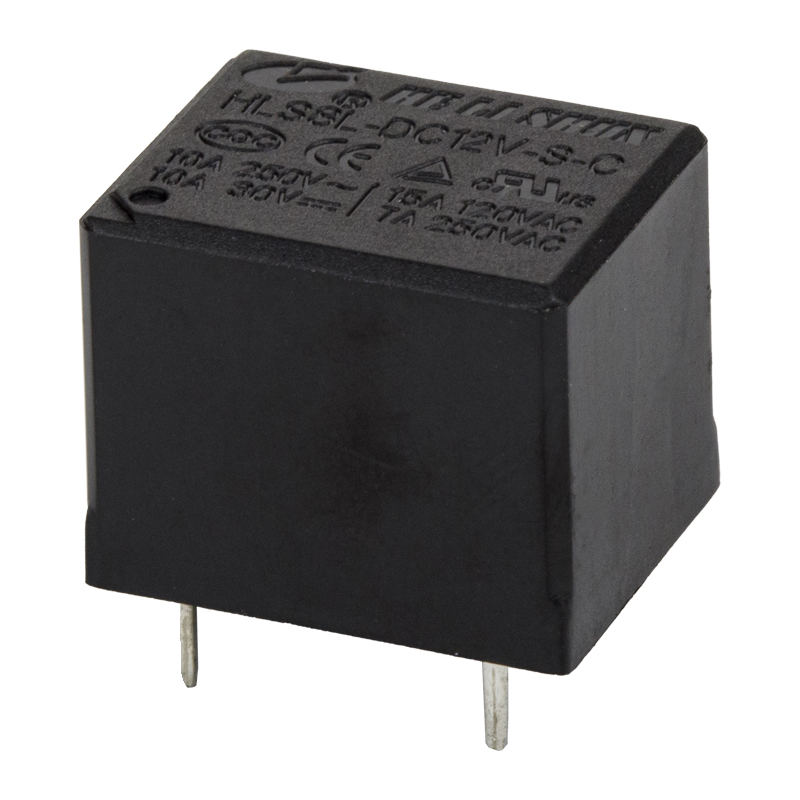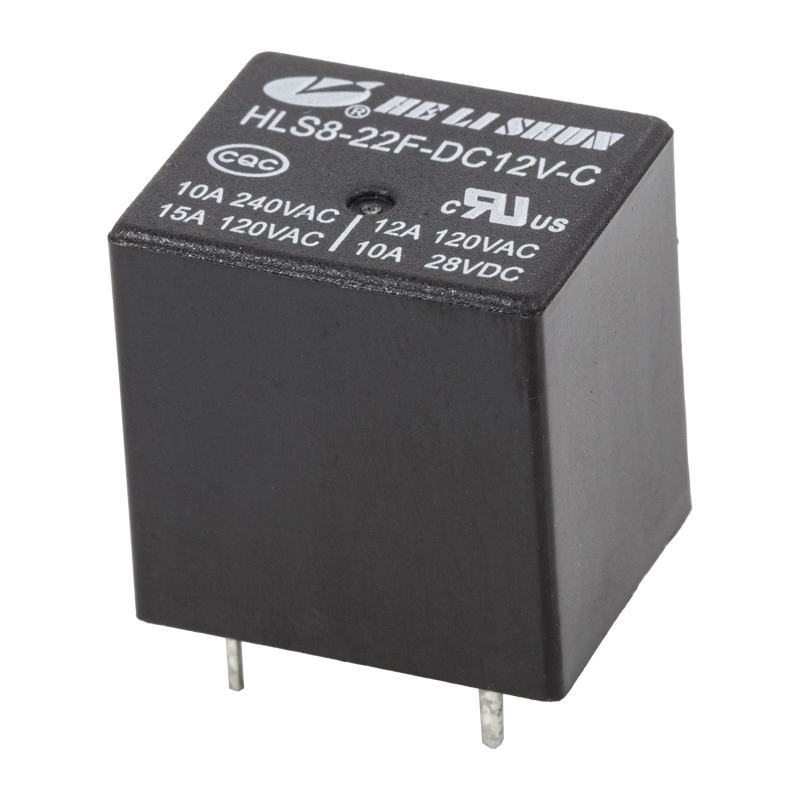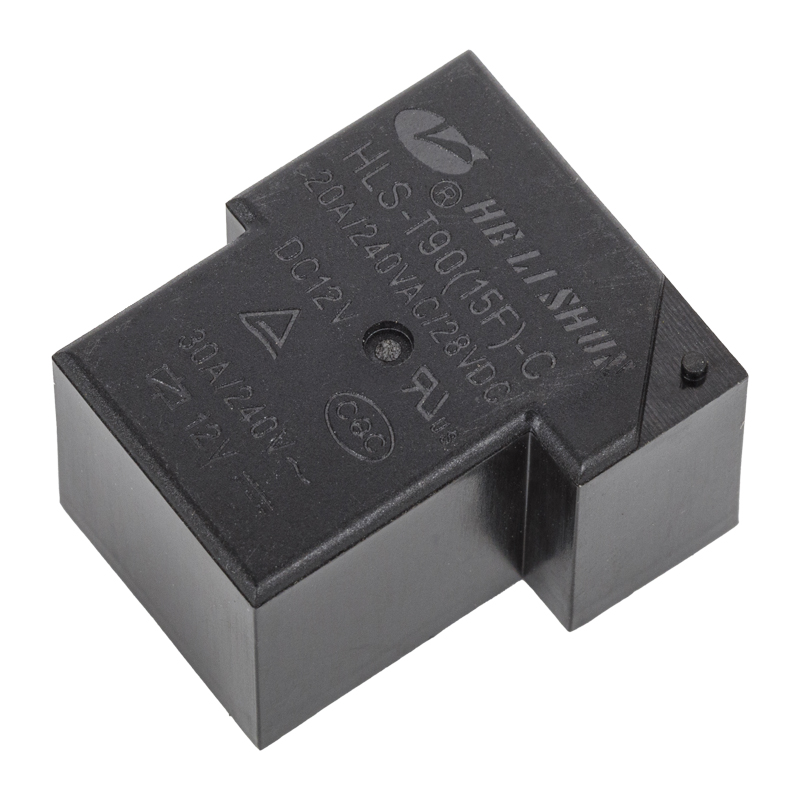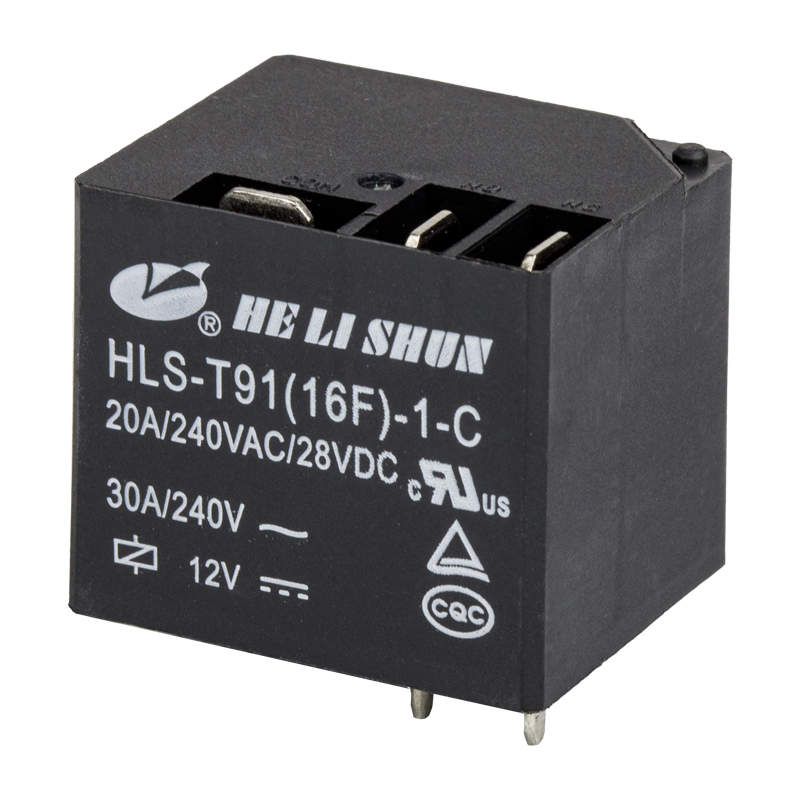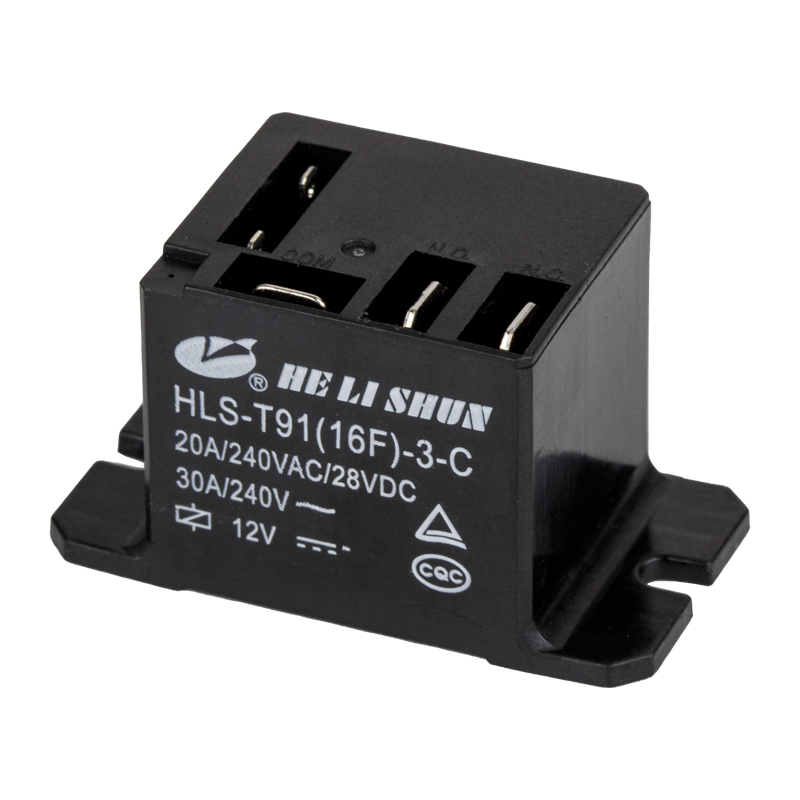An automotive relay is a vital component in a vehicle's electrical system. It is essentially an electromagnetic switch. This seemingly simple component plays a crucial role in modern cars, controlling large currents with smaller currents, thereby protecting various electrical devices and enabling complex circuit control. Understanding the operating principles and functions of automotive relays is crucial for vehicle maintenance and troubleshooting.
An automotive relay is an automatic control component that controls the opening and closing of contacts by switching a control coil on and off, thereby controlling the circuit. Simply put, it uses a low-power control signal to control a high-power circuit. For example, when the driver presses the horn button, a weak control current actually flows through the relay's control coil. The relay then closes its contacts, allowing a strong current to flow, driving the horn. This design not only effectively protects the switch but also simplifies wiring and improves system safety.
Automotive Relay Characteristics
Automotive relays have several notable features that make them indispensable components in automotive circuits:
- Isolating control and load circuits: Relays separate the control circuit (low current) from the load circuit (high current). This allows control switches in the cabin to use lower currents, while high-current circuits can be safely placed in locations like the engine compartment, effectively preventing the risk of short circuits or overheating caused by high currents.
- Versatility: Relays can be used for a variety of complex circuit controls, such as time delays, pulses, and various interlocking controls, which are very common in systems like lights, wipers, and power windows.
- High Reliability: Modern automotive relays are carefully designed and manufactured to provide high durability and stability, enabling reliable operation in harsh automotive environments (such as temperature fluctuations and vibration).
- Modular Design: The modular nature of relays makes circuit troubleshooting and maintenance much easier. If a relay fails, simply replace the corresponding component.

Automotive Relay Types
Automotive relays can be divided into several types based on their function and structure, mainly including:
- Electromagnetic Relay: This is the most common type and operates based on the principle of electromagnetic induction. When current flows through the coil, a magnetic force is generated that attracts the armature, closing the contacts. When the current is cut off, the magnetic force disappears, and the contacts return to their original position due to the action of a spring.
- Solid-State Relays (SSRs): These relays lack any mechanical moving parts and instead utilize semiconductors to perform their switching functions. They offer advantages such as quiet operation, fast switching speeds, and long lifespans, but are relatively expensive and primarily used in applications requiring high switching frequencies and longevity.
- Automotive Relays: Considering the unique operating environment of automobiles, these relays are typically dustproof, waterproof, and vibration-resistant. They can withstand a wider temperature range and higher current surges, ensuring safe and reliable vehicle operation.
Understanding the different types of automotive relays and their characteristics can help you better maintain your vehicle and provide the right guidance for troubleshooting electrical issues.




 English
English 中文简体
中文简体
